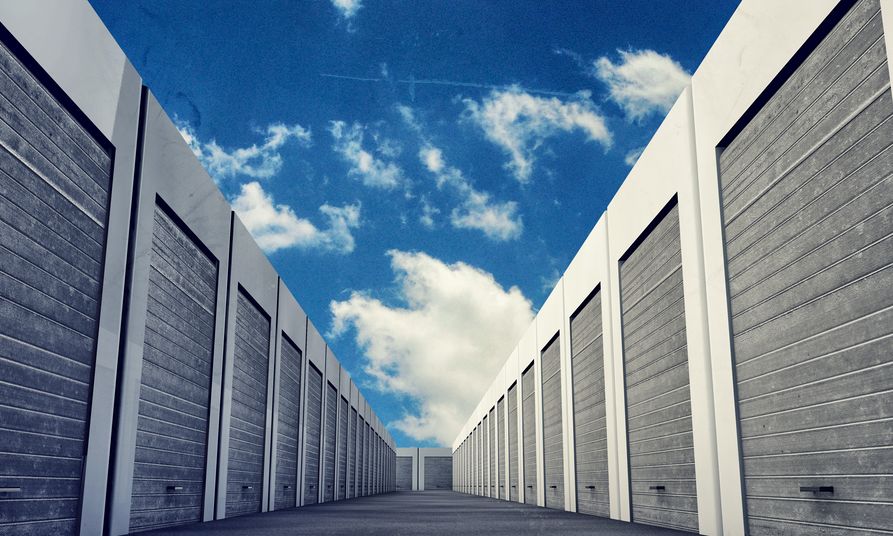Urbanization is often viewed as the main driving factor that leads to the success of the self-storage industry. It makes sense that there would be a one-to-one correlation between population growth and the need for more storage, but this doesn’t seem to be the case.
According to 2014-2016 Union Realtime LLC estimates, there is a weak correlation between population density and self-storage growth, but is this still the case in 2022 and beyond?
The Factors That Drive Self-Storage Growth
According to Mordor Intelligence Research, the self-storage market hit $87.65 billion USD in 2019. It’s likely that the market will reach $115.62 billion due to the following factors.
1. Personal Downsizing
COVID-19 has caused many people to downsize out of purpose or necessity. Renters ranging from singles to small families notice they don’t need as much space to live in, especially if they’re locked up in their homes. On the other hand, some homeowners will sell to save money.
The pandemic has seen a rise in self-storage space, which can make it hard to find the right lot. If you live in Sacramento, SelfStorageFinders can help you find secure, low-cost storage lots.
2. Business Failure
One of the unfortunate downsides to the pandemic was a recession that many businesses will never recover from.
However, many companies will choose to downsize for the same reasons as their employees: they simply don’t need the same amount of space as they used to.
With the rise of remote work, it didn’t make any sense for small-medium-sized businesses to keep the lights on. Most hybrid offices now use smaller spaces for meetings or collaborating.
3. Lifestyle Changes
Lifestyle changes are one of the main reasons why people use self-storage, according to the Union Realtime report.
From March to June 2020, the number of people looking to divorce increased by 34%. For this reason primarily, more people needed to store their things.
Only 32% of people store extra things or items in a stored environment, but the majority need self-storage because they’re experiencing a long-term or temporary lifestyle change.
4. Migrants and Movers
The same Union Realtime report found that 68% of customers use storage facilities while changing residence.
This is categorized by job relocation, downsizing, and divorce, but college and military make up at least 10% of that figure. It’s clear who drives the growth of the market.
Remember that life events and population growth aren’t the same. While both can go hand in hand, they don’t always lead to a decrease or increase in population or in storage needs.
5. Low-Cost of Entry
The biggest rise of self-storage facilities is due to the businesses’ low cost of entry. Storage facilities, especially if they’re not secured by a human, are very cheap to run and build.
Since upkeep is minimal, building a facility is often lower than multifamily dwellings per square foot.
The numbers depend on where you’re building, but it’s common to see rates between $6.50-$12.00 square foot to rent and $34-$42 per square foot to build in major cities.
Why You Shouldn’t Focus on Urbanization For Growth
It’s clear that the growth of the self-storage market is still due to life changes, not strictly population growth.
Life changes brought on by the pandemic have led to more people actually leaving the city, not moving to them. However, that doesn’t mean a market crash is imminent.
Self-storage facilities are virtually recession-proof, as shown by their explosion during the pandemic.
However, businesses need to pay attention to their competitor’s rates and lot sizes to ensure they’re charging similarly to their market and not pricing themselves out of it.




